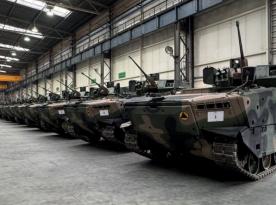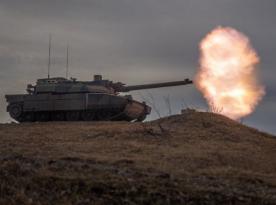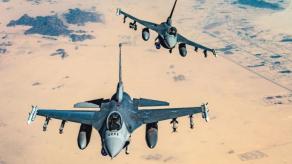Today, protecting main battle tanks from drones is crucial for their survival on the battlefield and one of the most common methods is building so-called grills or anti-drone cages. Their effectiveness varies greatly, and designs differ from one model to another.
For instance, Ukrainian specialists developed a "hood" system to defend tanks from drones a design that has already been copied not only by russia but even by China.
Read more: Ukrainian Resistance Fighters Hit russian Infrastructure in New Wave of Sabotage (Video)
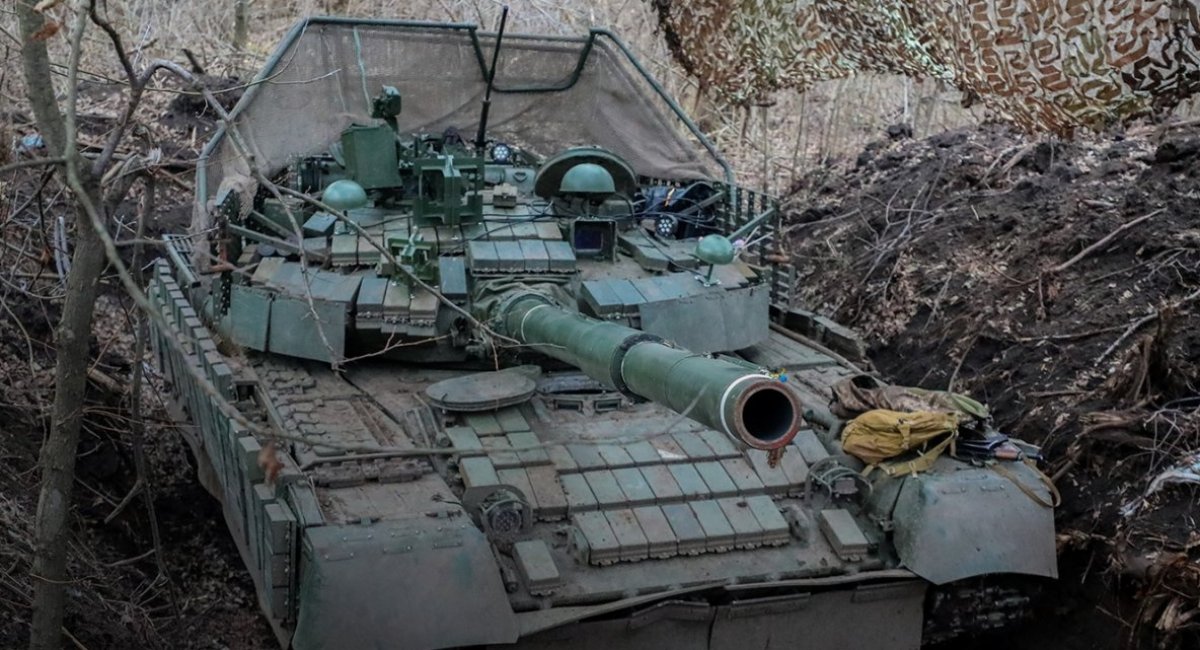
Both Ukrainian and russian forces now use various cage constructions to shield their tanks. However, russian units sometimes go to absurd extremes building massive "barn-like" or "hairy" tanks, such as recently spotted T-80BVM and T-72B3M models covered with dense metal frameworks that make them look like hedgehogs.
These oversized structures, of course, add significant weight. As one russian tanker complained in an interview shared on pro-russian channels and noted by defense researcher Andriy Tarasenko (btvt.info) such bulky anti-drone cages cause real mechanical problems. "In another company, they built a giant grill out of cables it didn't even make 10 kilometers before one of the drives broke down. The strain is just too much; components wear out several times faster," he said.
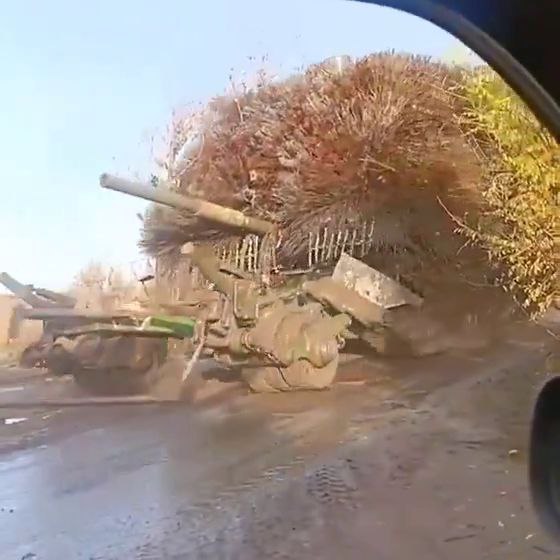
Moreover, when these cages are mounted to the turret rather than the hull, they disrupt the turret's rotation and functionality. It's also worth recalling that as early as 2022, russian crews were already complaining that their anti-drone cages turned tanks into "mass graves without communication."
Read more: Which Propellant Does Ukrainian Ballistics Need to Reach 1,000 km and Why Only Ukraine Can Make It





